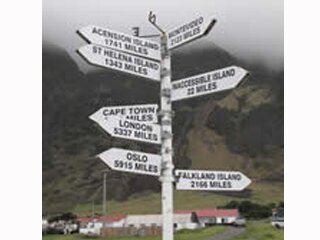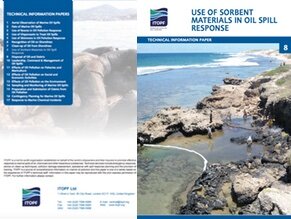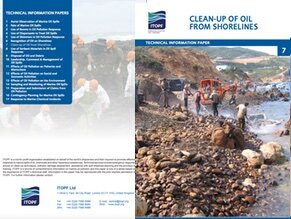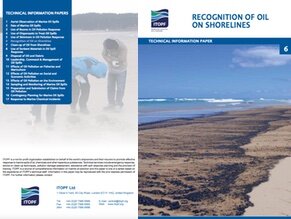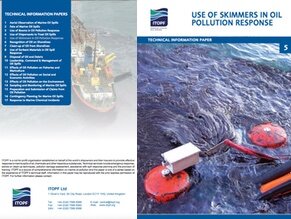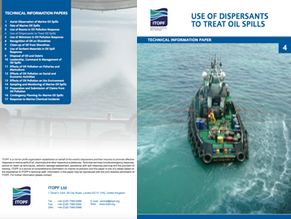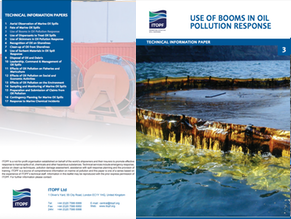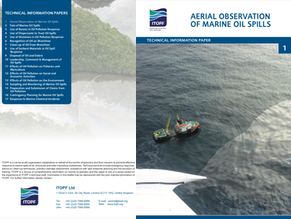Documents & Guides
Explore a variety of topics about marine spills, response and compensation matters in the pages below.
Each topic and area of interest provides access to more detailed documentation that is freely downloadable.
This includes our 18 Technical Information Papers which are fully illustrated with photos and diagrams and are available in several languages.
Compensation for Ship-source Marine Oil Spills
What legal arrangements and sources of compensation are available for a spill from a ship?
Disposal
What planning and waste management systems need to be put in place to reduce the volume of oily waste for treatment or disposal?
HNS
What are the specific chemical response strategies for responding to a Hazardous and Noxious Substance spill, and what are the potential effects on human and marine life?
Contingency & Response Planning
What information is needed for an effective oil spill contingency plan? How can aerial observation and protective strategies assist with response operations?
Economic Effects
Which industries might suffer temporary economic losses and loss of market confidence?
Fate of Oil Spills
What happens to oil in the marine environment over time when spilled at sea? How do different factors such as volume and physical and chemical properties affect the fate of oil spills?
Explore the Resources
Displaying results 21 to 28 out of 28
- « Previous
- 1
- 2
- 3
Responding to spills in remote locations (2012)
Over the years, ITOPF has regularly attended incidents in relatively remote locations with limited response capacities and/or limited contingency planning arrangements in place.
Categories: Response Techniques, Planning & operations, Spill Response, Papers
TIP 08: Use of sorbent materials in oil spill response
This paper considers the types of sorbents available and how they may be used beneficially in a response. It should be read in conjunction with other ITOPF papers in this series, particularly on the use of booms, the use of skimmers, shoreline clean-up techniques and the disposal of oil and debris.
Categories: Response Techniques, Technical Information Paper (TIPS)
TIP 07: Clean-up of oil from shorelines
This paper describes commonly used shoreline clean-up techniques and provides advice on which are best suited to each stage of operations for a range of different shoreline types.
Categories: Response Techniques, Technical Information Paper (TIPS)
TIP 06: Recognition of oil on shorelines
In cases of large spills, the source of stranded oil may be obvious, but the question of identification frequently arises when a small amount of oil is involved and compensation is sought for damage or clean-up costs. The purpose of this paper is to assist the reader in recognising both the type and quantity of oil on differing shorelines.
Categories: Response Techniques, Planning & operations, Technical Information Paper (TIPS)
TIP 05: Use of skimmers in oil pollution response
This paper describes the fundamental requirements for the successful use of skimmers in the situations most likely to be encountered during an oil spill and should be read in conjunction with other ITOPF papers in this series, in particular, on the use of booms, shoreline clean-up techniques and the disposal of oil.
Categories: Response Techniques, Containment & Recovery, Planning & operations, Technical Information Paper (TIPS)
TIP 04: Use of dispersants to treat oil spills
This paper provides an overview of the use and limitations of dispersants on floating oil, as one of a range of options available for response to ship-source marine oil spills.
Categories: Response Techniques, Dispersants, Technical Information Paper (TIPS)
TIP 03: Use of booms in oil pollution response
This paper describes the principles of boom design and the two main modes of operation, namely towing by vessels at sea and mooring in shallow or inshore waters.
Categories: Response Techniques, Containment & Recovery, Planning & operations, Technical Information Paper (TIPS)
TIP 01: Aerial observation of marine oil spills
This paper presents advice and guidance on conducting effective aerial reconnaissance.
Categories: Fate of Oil Spills, Response Techniques, Planning & operations, Spill Response, Technical Information Paper (TIPS)
Displaying results 21 to 28 out of 28
- « Previous
- 1
- 2
- 3

